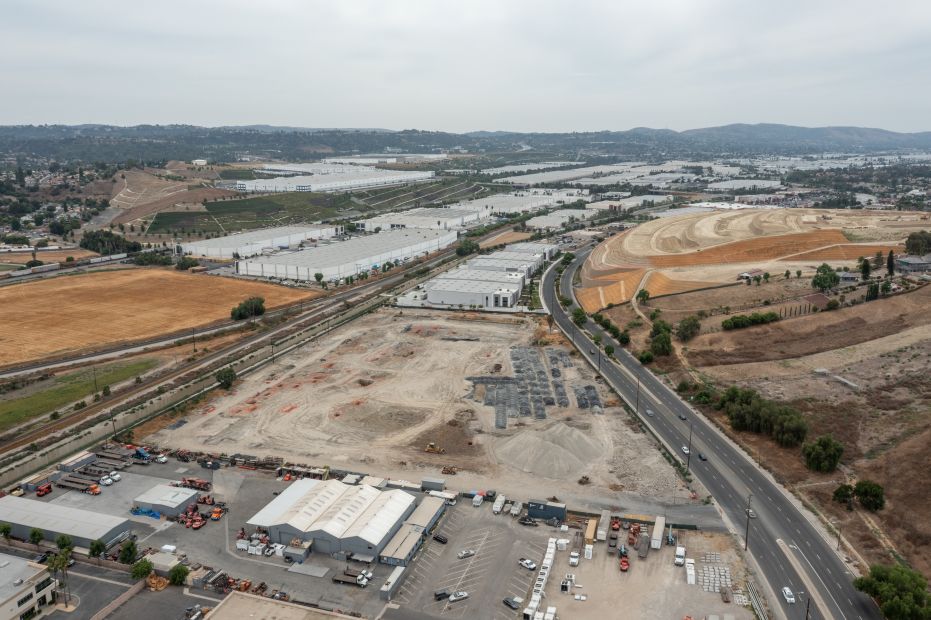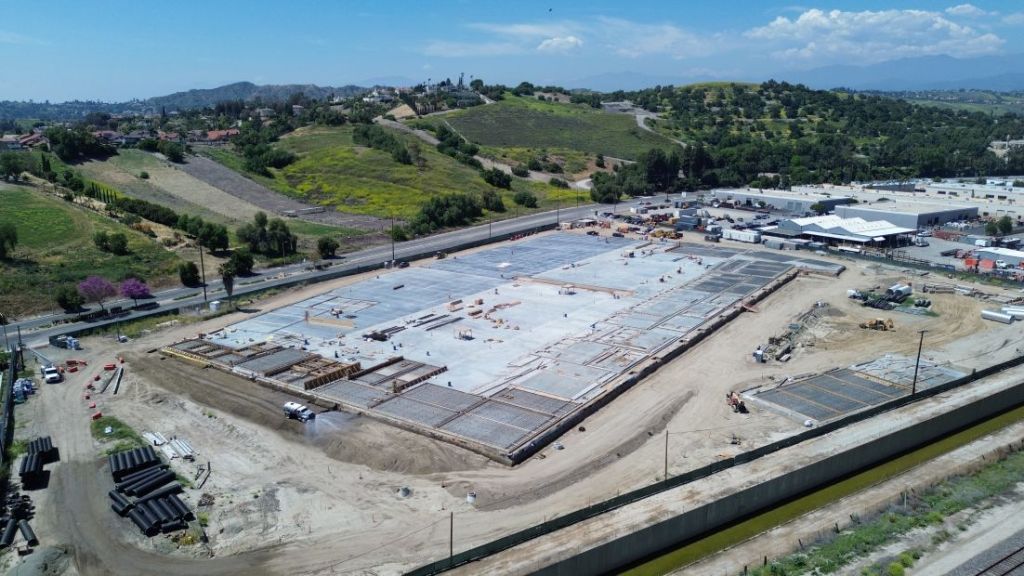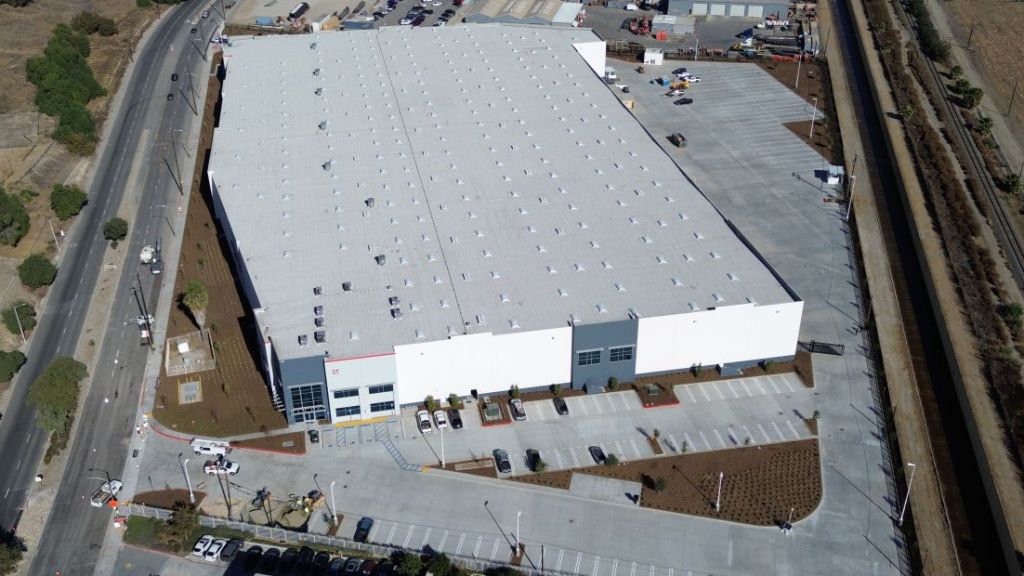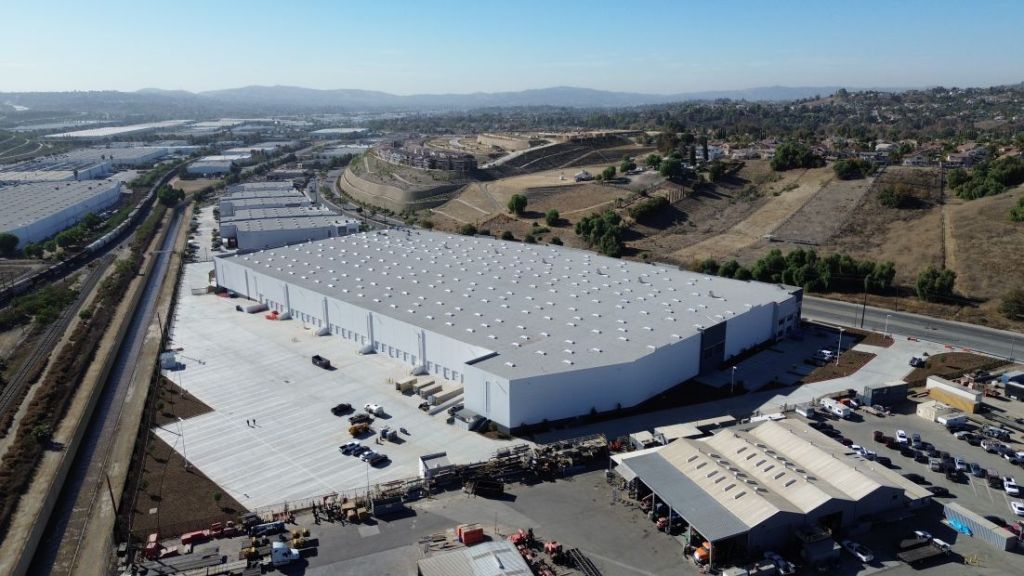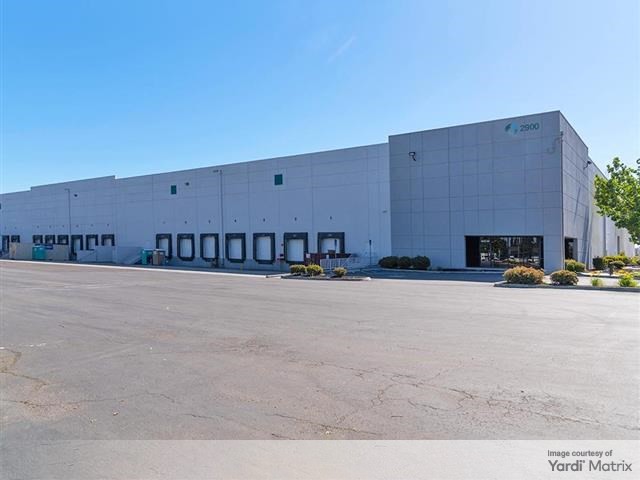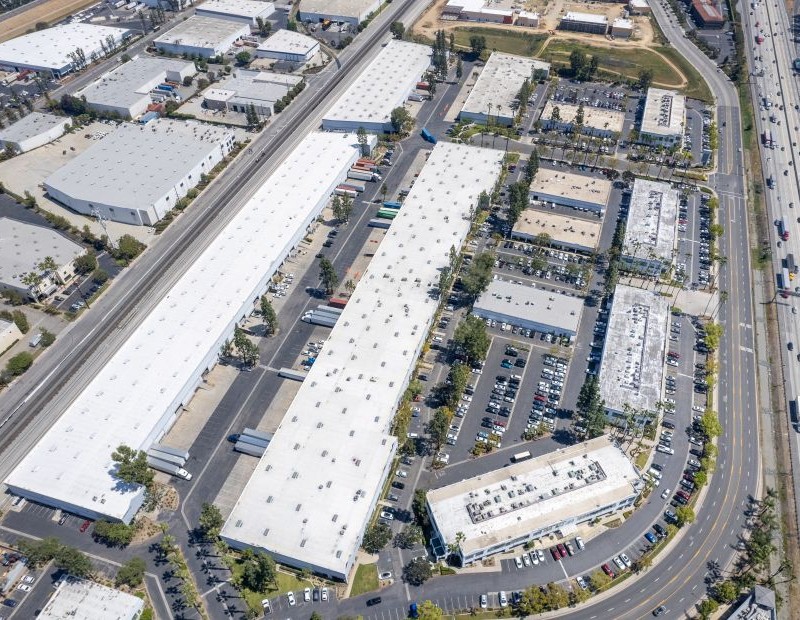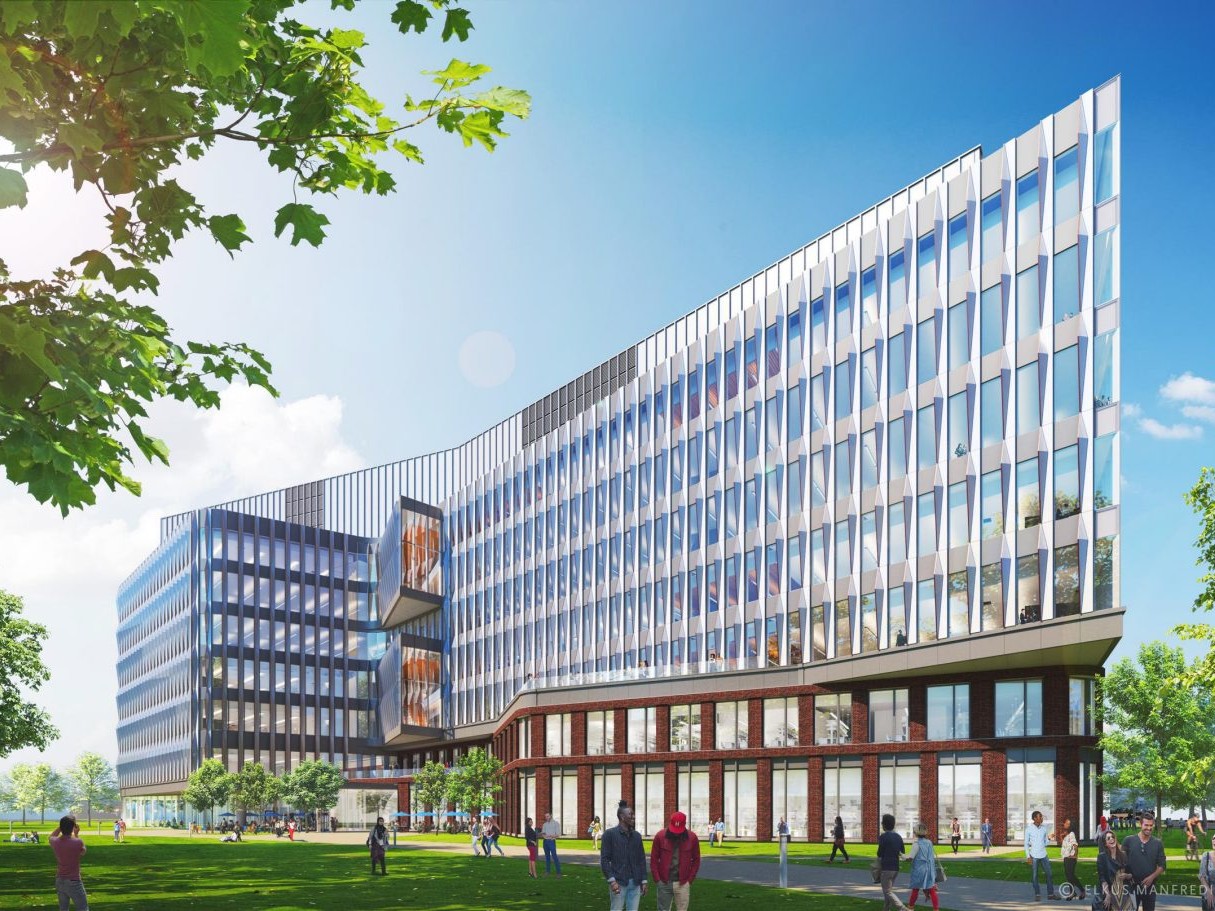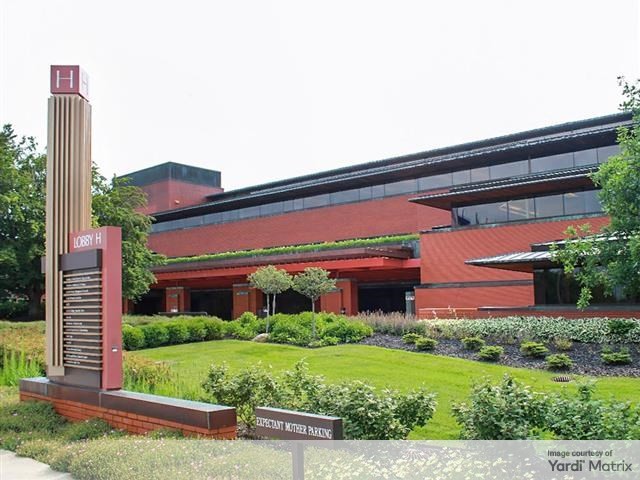What Does Site Remediation for Industrial Use Entail?
Restoring contaminated land for safe use can spur new development close to urban areas, but it doesn't come easy.
Remediating a contaminated site for industrial redevelopment is a headache—to say the least—for most real estate investors and developers, but if properly done, it can generate long-term benefits not only for them, but for entire communities. Site remediation is a magic-turned-real process that uses scientific methods to turn vacant land with environmental issues into functional sites with assets that provide job opportunities, and contribute to public health and economic growth.
Overall, there are an estimated 450,000 brownfield sites in the U.S. that contain or may contain contaminants, according to the U.S. Environmental Protection Agency, with many of them having great potential for remediation and reuse. Vacant, developable land close to urban centers is difficult to find and expensive to acquire, but these contaminated sites can be cleaned to provide opportunities to developers, local businesses and neighboring communities.
Site contamination outline
Common classes of site contaminants—whether they are in soil, groundwater and/or soil vapor onsite—typically include volatile and semi-volatile organic compounds, petroleum hydrocarbons and metals. Recently, under closer attention have landed PFAS or per- and polyfluoroalkyl substances, a group of thousands of synthetic chemicals, also known as “forever chemicals” because they are highly persistent in the environment and do not break down easily.
“The most common types of contamination we encounter include petroleum hydrocarbons, typically stemming from former fueling operations or industrial users; heavy metals associated with past plating, smelting or unregulated disposal activities; and chlorinated solvents, often tied to dry cleaners or manufacturing operations,” detailed Taylor Arnett, senior vice president of acquisitions with CapRock Partners, an industrial company active across Western U.S. and Texas.
Additionally, legacy building materials such as asbestos, polychlorinated biphenyls and lead-based paint are also prevalent in old structures that need to be demolished before any redevelopment can take place.
“We routinely carry environmental contingencies for these risks across all acquisitions,” Arnett said, adding that some brownfields are contaminated beyond a cost-effective or timely site remediation. CapRock has even passed on projects that did not align with its commitment to environmental endeavors, asset performance and execution certainty.
READ ALSO: CapRock Partners on Western Industrial Trends
In New Jersey—an area with a long history of industrial activity that led to extensive soil and groundwater contamination, both in composition and spread (lateral and vertical)—a technically practicable remedy is “rarely warranted,” according to Matthew Ambrusch, associate principal at Langan, an engineering and environmental consulting firm with more than five decades of experience in the remediation of brownfield sites and former landfills across the U.S. Although complex strategies may be necessary in some cases, the nature of the contaminants, the affected media and site-specific constraints typically preclude effective remediation using currently available technologies, he added.
Site remediation profiling
Some of the most popular remedial technologies are bioremediation, chemical oxidation and reduction, pump and treat systems, air sparging, soil vapor extraction, in-situ stabilization and solidification, thermal remediation and various vapor intrusion mitigation strategies.
When remediation is conducted in the context of redevelopment, the approach must account for additional or differently weighted considerations compared to remediation-only projects.
Historical site use, flood, shallow groundwater and geological conditions are key concerns here. Flood risk and shallow groundwater conditions need assessment because they can impact both entitlement feasibility and long-term site functionality. Geological conditions are equally important because sites with complex subsurface conditions, such as shallow bedrock, can significantly complicate grading or soil remediation efforts. These factors all play a role in determining whether a site can be developed in a timely, cost-effective and environmentally responsible manner.
Serving this purpose is the Phase I Environmental Site Assessment, a preliminary investigation that involves reviewing historical land use, aerial imagery, regulatory databases and conducting site inspections to identify potential environmental concerns.
“These are vital to not only verify the presence and delineate the extent and composition of environmental impacts but also provide the information necessary to evaluate possible remedial strategies,” noted Ambrusch.
In his view, remedial strategies should consider not only the contaminants of concern, but also the extent of the impact these contaminants had on the media, the site constraints, schedule, cost and remedial objectives. If a Recognized Environmental Condition is found during this process, the site undergoes an invasive investigation to determine the nature and extent of contamination. Part of Phase II, this inspection is paramount in assessing and understanding potential costs, timelines and feasibility for remediation.
Strategies for site remediation
Every site differs by contaminants of concern, lateral and vertical extents of contamination, media impacted or the physical and geochemical properties of the impacted media, among many others, explained Ambrusch. So, ultimately, the choice between physical (e.g. excavation), chemical (e.g. in-site chemical oxidation) or biological (e.g. bioremediation) methods depends on the type and extent of contamination, site conditions and project timeline.
“When evaluating a remedial strategy, we are generally trying to balance remedial objectives or ultimate performance of the remedy, cost and schedule,” Arnett said. “When certain remedial objectives must be achieved within a certain timeframe, additional measures and safety factors are considered in the strategy that often result in a larger price tag.” Projects with laxer schedules afford a stepwise remedial strategy to minimize the total price tag.
While certain remedial strategies are typically better suited for certain contaminants of concern, the specific characteristics of each site dictate the efficacy and ultimate selection of one or several remedial technologies.
“Excavation and offsite disposal remains the most direct and widely used method in our experience, particularly for petroleum and heavy metal contamination,” said Arnett. Although it’s an expensive method that often requires significant capital allocation, especially when the import and export of soil is involved, it’s often the most practical and efficient, particularly when contamination is localized and accessible.
Nevertheless, for Greek Design|Build, a developer, owner and operator of industrial real estate in New Jersey and Pennsylvania, exporting soil is rarely an option.
“We always want to avoid exporting anything from the site,” said Paul Moser, director of construction at Greek Design|Build. “Even if the site has no known environmental concerns, the New Jersey Department of Environmental Protection standards for residential clean fill are increasingly stringent, and what was known as ‘clean’ previously may not be ‘clean’ today.” So having an export site is always risky to the owner, he added, emphasizing the importance of in-situ testing before beginning sitework to mitigate delays and steer clear of surprises.
READ ALSO: E-Commerce Drives Industrial Demand Growth
For volatile compounds like chlorinated solvents, soil vapor extraction is a proven remediation method, though it comes with intensive operational oversight and regulatory reporting.
Ambrusch detailed that remedial strategies can be generically grouped into the general technology classifications of physical, chemical or biological processes. And while some remedial strategies imply removing the contaminants from the impacted media, others only degrade or transform the contaminants in place or simply immobilize them.
Understanding the types of site contamination and aligning them with the appropriate remediation strategy is essential to delivering a successful, sustainable, energy-efficient industrial facility, noted Arnett. Also, there’s an interplay between the development strategy and the remedial strategy that must be considered for the project to be successful.
“When considering possible remedial strategies, the schedule and constraints of the proposed development must be evaluated, and the remediation needs to be able to facilitate the redevelopment,” Ambrusch said. “At the same time, the development strategy must consider the existing environmental impacts, it must be protective of human health and the environment. That said, if done right, the development strategy and remedial strategy can actually support one another.”
The post-remediation phase
Successful remediation is typically confirmed through a combination of completed sampling and laboratory analysis conducted by qualified environmental consultants. Independent, third-party labs analyze soil, groundwater and vapor samples to verify that contaminant levels meet applicable regulatory standards for the site’s intended use. The active remediation phase generally takes six to 12 months.
Once cleanup objectives are achieved, formal documentation, such as No Further Action letters or closure reports, is submitted to and reviewed by the appropriate regulatory agencies. Approval from these agencies serves as the official confirmation that the site is considered remediated and suitable for development or occupancy.
READ ALSO: Emerging Industrial Markets in the US
“Post-remediation monitoring may be required, depending on the site conditions and regulatory guidance,” said Arnett. “This can include periodic sampling, the maintenance of engineering controls or institutional controls such as land use covenants. Ongoing compliance measures are implemented as needed to ensure the long-term effectiveness of the remediation and to protect future users of the property.”
In addition to all the good the redevelopment of brownfields brings back to this world, there is one more: It saves green fields from development, pointed out Moser. Remediating and reinvesting in these sites enhances the environment, increases tax revenue for localities, drives job growth, relieves development pressures and makes productive use of existing infrastructure.

